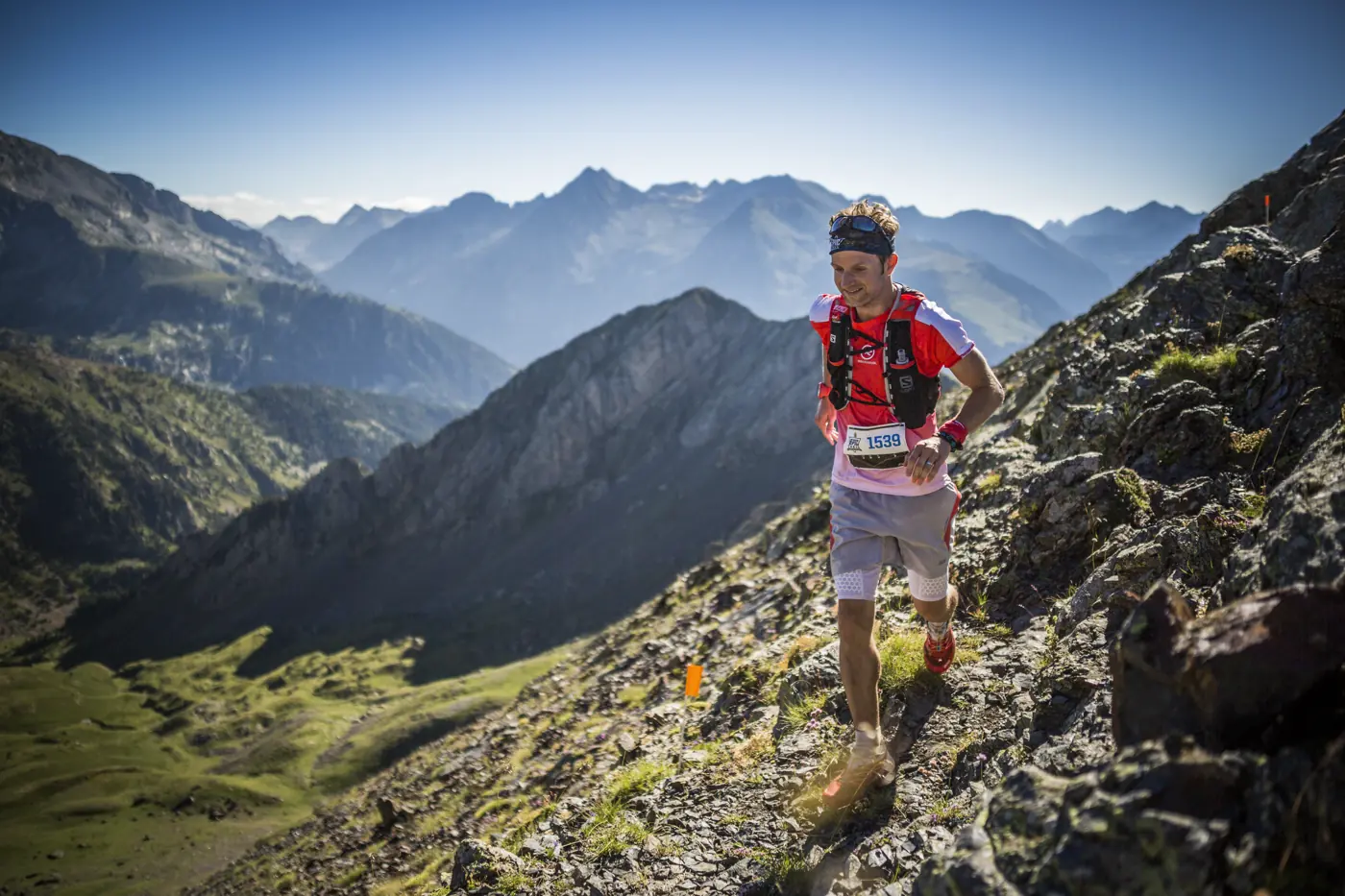This post is for subscribers only
Sign up now to read the post and get access to the full library of posts for subscribers only.
Sign up now Already have an account? Sign inLearn how to run uphill, downhill, and over sketchy terrain without injury—plus trail safety habits that’ll keep you confident and prepared.

Sign up now to read the post and get access to the full library of posts for subscribers only.
Sign up now Already have an account? Sign in